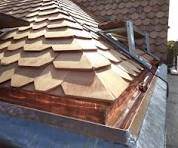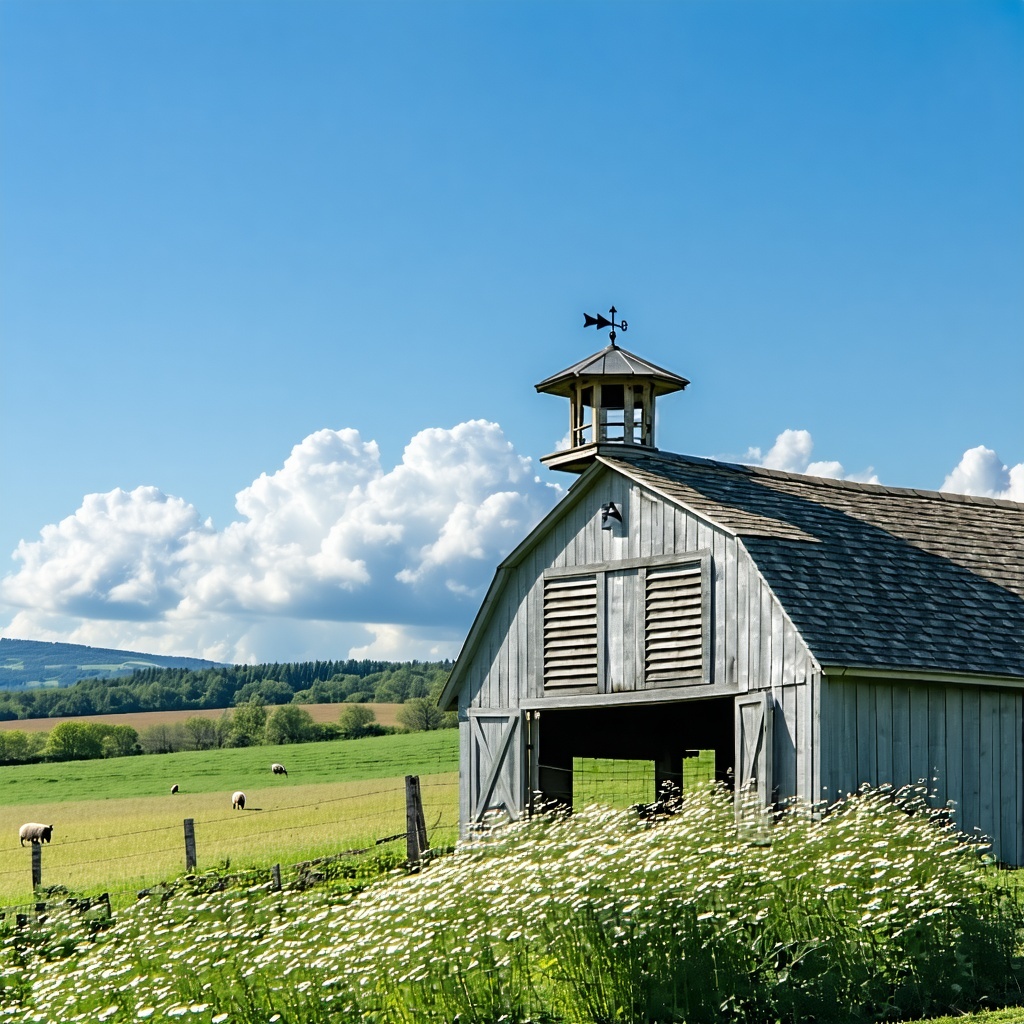Restoring Historic Home Roofs: Modern Techniques for Preservation
Explore the innovative methods and technologies used in the restoration of historic home roofs, preserving their unique charm and character for generations to come.
Understanding the Importance of Roof Restoration in Historic Homes
Historic homes hold significant cultural and historical value. They showcase the architectural styles and craftsmanship of a bygone era. The roof of a historic home is not just a protective covering; it is an integral part of its identity and character. Over time, roofs can deteriorate due to age, weathering, and neglect. Roof restoration plays a crucial role in preserving the historical integrity of these homes. By understanding the importance of roof restoration, we can ensure that the stories and heritage of these homes are safeguarded for future generations.
One of the primary reasons for roof restoration in historic homes is to prevent further damage and decay. A deteriorating roof can lead to leaks, water damage, and structural issues. By restoring the roof, we can address these issues and prevent further deterioration, ultimately prolonging the lifespan of the entire structure.
Another important aspect of roof restoration is preserving the original design and architectural features. Historic homes often have unique roof styles and materials that reflect the time period in which they were built. During restoration, it is essential to carefully assess and document these details to ensure they are accurately replicated. By doing so, we can maintain the historical authenticity and charm of the home.
In addition to preserving the aesthetics and structural integrity, roof restoration also contributes to energy efficiency. Older roofs may lack proper insulation, resulting in increased energy consumption and higher utility bills. By utilizing modern techniques and materials during restoration, we can improve the energy efficiency of historic homes, making them more sustainable for the future.
Overall, understanding the importance of roof restoration in historic homes is crucial for the preservation of our cultural heritage. It allows us to protect the unique stories and architectural beauty of these homes, ensuring that future generations can appreciate and learn from the past.
Modern Techniques for Roof Restoration
Roof restoration in historic homes requires a delicate balance between preserving the original character and implementing modern techniques. Thanks to advancements in technology and materials, we now have innovative methods to restore and enhance the roofs of these homes.
One modern technique used in roof restoration is the use of synthetic roofing materials. These materials mimic the appearance of traditional roofing materials like slate, wood, or clay, but offer enhanced durability and longevity. Synthetic materials are also lightweight, making them suitable for older structures that may not be able to support the weight of traditional roofing materials.
Another modern technique is the use of advanced coatings and sealants. These coatings provide an additional layer of protection to the roof, preventing water penetration and reducing the risk of leaks. They also help to maintain the roof's color and prevent fading or discoloration over time.
Furthermore, modern restoration techniques often involve the use of specialized equipment and tools. For example, infrared imaging technology can be used to detect hidden leaks and moisture within the roof structure, allowing for targeted repairs. High-pressure washing systems can effectively remove dirt, debris, and moss from the roof surface, restoring its appearance and functionality.
By embracing these modern techniques, we can ensure that the roof restoration process is not only efficient but also effective in preserving the historic home's unique character and charm.
Choosing the Right Materials for Historic Home Roof Preservation
Selecting the appropriate materials for historic home roof preservation is crucial to maintaining the authenticity and longevity of the structure. When it comes to choosing materials, several factors need to be considered, including the historical significance of the home, local building codes, and the desired aesthetic.
For roofs with historical significance, it is essential to opt for materials that closely resemble the original roofing materials. This may include natural slate, clay tiles, or wooden shingles, depending on the architectural style of the home. These traditional materials not only preserve the historical authenticity but also provide the necessary protection against the elements.
However, in cases where the original materials are no longer available or practical, modern alternatives can be considered. As mentioned earlier, synthetic roofing materials offer the advantage of durability and longevity while maintaining the appearance of traditional materials. These materials can be a suitable choice for historic homes that require a more sustainable and low-maintenance roof.
Additionally, it is important to consider the local building codes and regulations when selecting roofing materials. Some areas may have specific requirements for historic homes, such as the use of fire-resistant materials. Adhering to these regulations ensures the safety and compliance of the restored roof.
Ultimately, choosing the right materials for historic home roof preservation requires a thoughtful balance between historical authenticity, practicality, and compliance with local regulations.
Preserving Architectural Details During Roof Restoration
One of the challenges in roof restoration is preserving the architectural details that make historic homes unique. The roof often features intricate designs, decorative elements, and specific construction techniques that reflect the time period in which the home was built. It is crucial to take special care to preserve these details during the restoration process.
A meticulous assessment and documentation of the roof's architectural features should be conducted prior to restoration. This includes identifying and recording any decorative elements, patterns, or unique materials used. By understanding the original design, restorers can ensure that these details are replicated accurately.
During the restoration, skilled craftsmen and artisans play a vital role in preserving the architectural details. They utilize traditional techniques and craftsmanship to repair or recreate intricate elements, such as ornamental moldings or finials. These skilled professionals have a deep understanding of historical construction methods and can ensure that the restored roof maintains its original charm.
Preserving architectural details not only adds to the visual appeal of the historic home but also contributes to its historical significance. It allows future generations to appreciate and understand the craftsmanship and design principles of the past.
Maintaining the Long-Term Integrity of Restored Historic Home Roofs
Once a historic home roof has been restored, it is essential to implement measures to maintain its long-term integrity. Regular maintenance and inspection are key to ensuring the longevity and performance of the restored roof.
One important aspect of maintenance is keeping the roof clean and free from debris. Regularly removing leaves, branches, and other debris will prevent clogging of gutters and downspouts, which can lead to water damage. It is also important to address any signs of moss or algae growth promptly, as these can deteriorate the roof surface over time.
Additionally, scheduling periodic inspections by a professional roofing contractor is crucial. These inspections can identify any potential issues or signs of damage, allowing for timely repairs. It is recommended to have the roof inspected at least once a year, preferably before and after the winter season.
Another aspect of long-term maintenance is addressing minor repairs promptly. Small issues, such as loose shingles or damaged flashing, should be repaired as soon as they are detected to prevent further damage. Regular maintenance and timely repairs will help ensure that the restored historic home roof remains in excellent condition for years to come.
In conclusion, maintaining the long-term integrity of restored historic home roofs requires regular maintenance, periodic inspections, and prompt repairs. By implementing these measures, we can ensure that the restored roofs continue to protect and enhance the historic homes for future generations.


